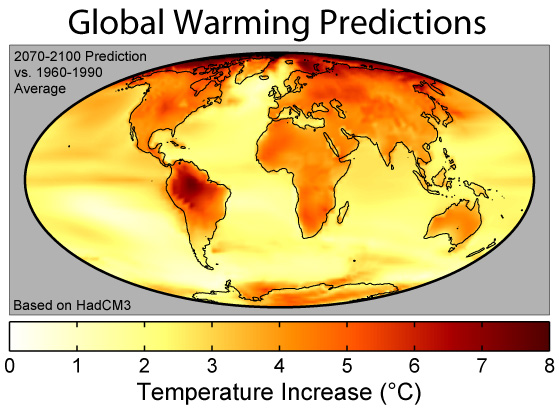

Today is blog action day on climate change, and I want to make a contribution in respect to community. We've heard of green building and know that many planned communities are carefully considering their use of sustainable materials, implementing designs that encourage travel by foot, bicycle and public transportation. Such tools to reduce community footprints are becoming more advanced as scientists discover new systems rooted in biomimicry.
Tools that enable an interface between designers and community are also surfacing as developers are beginning to recognize the importance of the third leg of the sustainability stool - people. According to Allyson Wendt, managing editor for Environmental Building News (EBN) and author of the new article Building for People: Integrating Social Justice into Green Design, "design discussions are an opportunity to bring attention to issues of social justice, whether by arguing for daylighting in janitorial offices or suggesting that a building pursue LEED points for site selection, alternative transportation, or indoor environmental quality."
Wendt's discussions are critical, yet developers are only one slice of the pie. In the United States, we still have many barriers to entry, namely the artificially low costs of fuel and government subsidized industry. According to Norman Myers of the International Institute for Sustainable Development (IISD) in his book Perverse Subsidies: How Tax Dollars Can Undercut the Environment and the Economy, we need to be taking a closer look at the effect that our government policies are having on our progress toward a sustainable future. Such perverse, or black subsidies pose a serious dilemma for the millions of Americans who live on scant resources. They promote the consumption of products that are unhealthy on personal, local and global levels, and often place green initiatives on an uneven playing field.
Without financial incentives, a substantial segment of the American populace will be unable to embrace the lifestyle changes necessary for a sustainable future. Local projects like the Seattle Housing Authority's High Point Neighborhood and the King County Housing Authority's Green Bridge are finding creative ways to address the problem. Thanks to their efforts, the regressivity of a sustainable lifestyle has vanished for hundreds of low-income residents in the Greater Seattle area.
In my next post, I hope to explore how 3BL companies might build upon the success and overcome some of the obstacles that these admirable initiatives have faced.

No comments:
Post a Comment